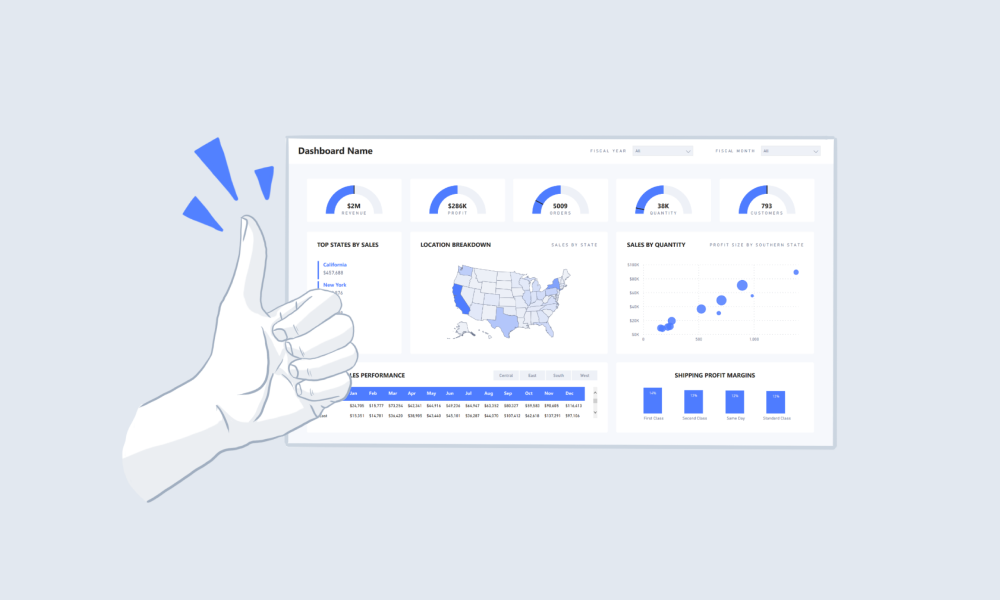If there's one thing I've learned from working with data architecture, it's that a messy pipeline becomes a time bomb. One day everything works; the next you find yourself hunting for a phantom error between layers that are more intertwined than they should be. That's where Medallion Architecture comes in—a model that helps better structure this flow and prevent chaos.
What is Medallion Architecture?
Medallion Architecture is a layered data organization model, designed to ensure greater governance, quality and scalability in information processing. It is divided into three main levels:
- Bronze 🥉: where raw data is stored exactly as it arrives from the source.
- Silver 🥈: where data is cleaned, structured and prepared for more advanced analysis.
- Gold tables 🥇: where the data has undergone all necessary transformations and is ready for direct consumption in reports and dashboards.
This model prevents disorganized dependencies and ensures that each layer has a well defined purpose, facilitating the maintenance of the pipeline and the reliability of the data.
The right flow of data promotion
The idea is simple: each layer should consume only its own data or that of the layer immediately below. It may seem like a minor rule, but it makes a huge difference in pipeline maintenance and reliability.
In practice, this means:
- Bronze 🥉: Raw data, 1:1 with the original source, stored in a bucket/blob, optionally (but preferably) partitioned.
- Silver 🥈: Data coming from Bronze, but organized, stored in the database, maintaining the same number of records, but with structural adjustments (types, columns, standardization). Depending on the need, Silver can also originate from another Silver table, but in extremely specific contexts, since any transformations shoud be applied in Gold tables.
- Gold tables 🥇: Data coming from Silver ready for consumption, whether in modeling DW or One Big Table (we'll talk about this little guy soon), where business rules are applied and the number of records can be reduced or increased. It is very common for Gold tables to originate from a junction of other Gold tables, allowing the reuse of concepts and business rules, forming single sources of truth.
This flow ensures that transformations stay in the right place. If Gold tables needs data, it gets it from Silver—no pulling directly from Bronze and mixing everything together. This prevents a chaotic pipeline where each layer has complex and unmaintainable dependencies.
Cross-layer validation: the idea of the “handshake”
I like to think that each layer makes a “handshake” with the previous one. That is, before promoting a dataset, it must be ensured that it meets the premises of that layer.
If Bronze says it will store the raw data, the structuring of Silver relies on this and only performs the structuring and moves the data. If Gold tables applies business rules, it needs to trust that Silver has maintained data integrity. This creates a reliable pipeline, where each stage has a well-defined role and no one crosses another's line.
Why does this matter?
Because an uncontrolled pipeline becomes an untamable monster. I've seen situations where Gold tables pulled data directly from Bronze, ignored Silver and applied untraceable transformations. Result? A mistake somewhere and you never know where to start looking.
When the layers respect the promotion rules, everything becomes more predictable and scalable. If there's a problem, you know exactly where to look. If you need to adjust something, the impact is contained within the right layer.
Conclusion
Keeping an organized flow is the difference between a robust data pipeline and absolute chaos. Ensuring that each layer respects its premises is a simple but extremely effective way to avoid headaches down the road.
And you, have you ever lost nights of sleep because of a ghostly problem in your pipeline? Tell me in the comments!



Leave a Reply